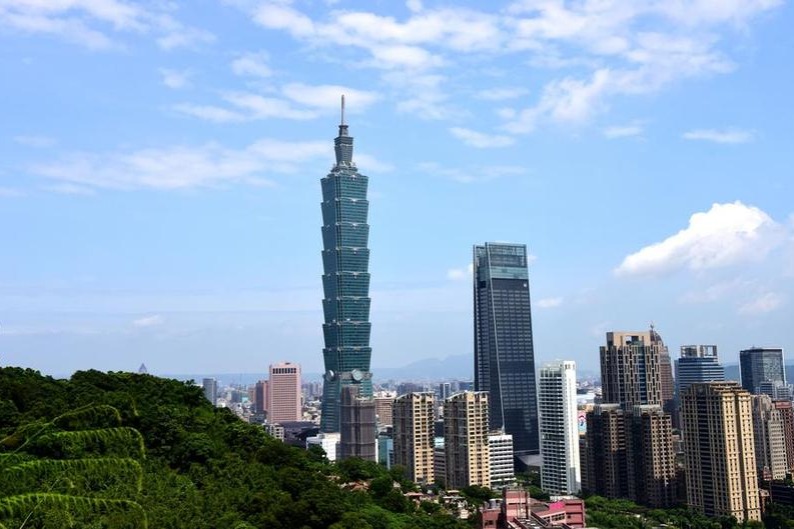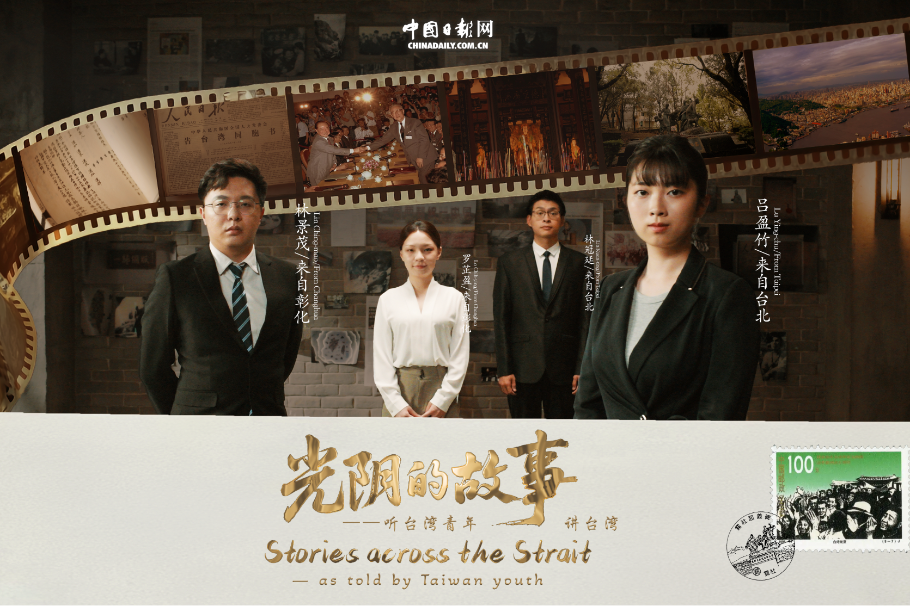Straw now profitable as farmers turn former trash into treasure


Burning straw used to be a tedious burden for Liu Weiquan as he had to torch tons of it after annual harvests in Anhui province, with nothing to show for it financially.
But now he wouldn't dream of repeating this chore, as it would be like burning money. The commodity has become profitable for thousands of farmers like Liu.
After harvesting almost 4 metric tons of wheat in June, Liu, of Gaotai village, Funan county, is preparing to sow corn.
Not long ago, the burning of straw was a major source of pollution in rural China.
"We could hardly breathe during the straw-burning season, and it also damaged the environment," Liu said.
But that is no longer a concern for locals as straw is put to more productive use.
"Now, about 500 kilograms of top-quality straw from my land will be made into handicrafts, while the rest will be sent to feed mills," Liu said.
The Yangtze-Huaihe river basin, where Liu's farmland is located, is China's main agricultural region. Traditionally, Chinese farmers tended to burn straw after harvests to clear the land, which caused heavy air pollution.
In Funan alone, about 1.2 million tons of straw are produced every year, according to Qian Dajun, an official with the local agricultural department.
"Besides corn and wheat straw, we also have straw from vegetables and soybeans," Qian said.
Funan is famous for its delicate wickerwork. The 500-year-old craft was designated as a national intangible cultural heritage in 2011. Skilled craftsmen traditionally used local willows as the raw material, but now they are increasingly turning to straw.
Xu Zhihe, manager of Sanhe Crafts Co in Funan, said about 5 percent of the company's products are now made from straw.
Last year, Xu began using hot press technology to make children's furniture from crushed straw.
"The straw furniture has no formaldehyde, which is perfect for kids," Xu said. The first 200 sets of tables and chairs received good market response, and Xu plans to store 20,000 tons of straw this year for further production. Liu Youwei, who works at an agricultural technology company, is also looking for straw suppliers. "Corn and wheat straw are rich in water and sugar, and are very good feed ingredients," he said.
The first production line of Liu Youwei's company can process up to 150,000 tons of straw per year. Next year, he will have another five production lines in operation.
"Good-quality straw can be made into furniture and other products, while low-quality straw can be turned into fertilizer and put back in the fields," Liu Youwei said.
In addition, straw can also be used to generate power, cultivate mushrooms and extract cellulose.
Funan now has six companies with an annual straw consumption of over 100,000 tons, which means more than 90 percent of straw is recycled.
The price of straw is rising year by year, reaching 350 yuan ($55) per ton, 10 percent higher than in previous years, which pleases Liu Weiquan.
"In the past, we burned straw because we deemed it commercially useless. But now it has become our golden goose," he said.
Xinhua
- Legal scholars affirm Taiwan resolution at UN seminar in Wuhan
- Shanghai demonstrates ecological protection, building a green future
- Lithium battery spontaneously combusts on flight from Hangzhou in China to Seoul, no injuries reported
- China-EU university presidents' dialogue advances education
- Foreign vloggers immerse themselves in the cultural heritage of Shanxi
- Hunan's traditional crafts turn heads at Paris fashion show




































